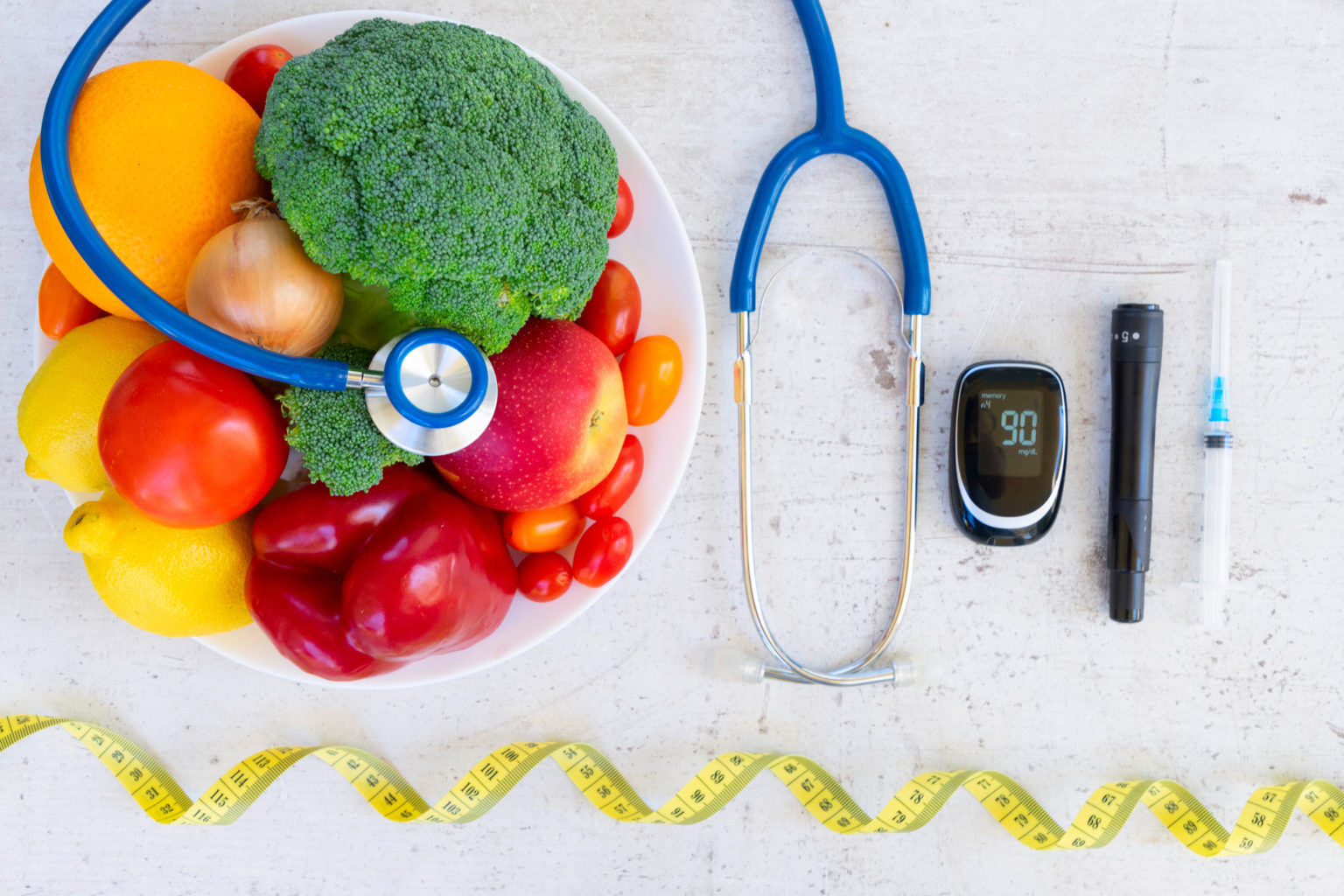Prediabetes Is a Wake-Up Call

As experts studied the risk factors for serious illness stemming from COVID-19, they found that certain underlying health conditions make it more likely that a patient will have serious complications. Diabetes is one of those conditions.
The American Diabetes Association (ADA) explained that while having diabetes doesn’t raise a person’s risk of being infected with the disease, people with diabetes are more likely to experience a severe case. High blood sugar weakens the immune system, making it harder for a person with diabetes to fight off the infection. And the ADA also reported that COVID-19 infection can, in turn, make it a lot harder to manage diabetes.
Fortunately, it’s possible to tell if we’re at risk of developing diabetes. The risk is highest among those who are overweight, older than 45, physically inactive and have a family history of type 2 diabetes. High cholesterol, high blood pressure, and heart disease also raise the risk.
A simple blood test can tell if we have a condition called prediabetes—which means we have elevated blood sugar, but not high enough to be classified as diabetes. Prediabetes normally has no symptoms, so it’s important to be tested if your doctor recommends it.
Prediabetes is very common among people living in the U.S. Experts report that one-third of us have it—that’s 88 million people! Fortunately, being diagnosed with prediabetes can serve as a warning sign that we need to take steps to avoid full-blown diabetes—yet, experts say, only 10% of people with prediabetes know they have it.
What they don’t know could definitely hurt them. If they stay on the lifestyle path they’re on, they run the risk of progressing to diabetes, which not only raises their risk of complications from COVID-19 but also damages the blood vessels and nerves and can affect every organ in the body.
Stopping prediabetes before it progresses
We can’t change our age or genes, but we can change our lifestyle. Experts say to think of prediabetes as a fork in the road: ignore the numbers and risk moving from prediabetes to diabetes. Make healthy lifestyle changes, and the risk goes down.
We can keep our numbers stable, and in some cases even lower our blood sugar, by following these steps:
Lose some weight. Yes, many of us have gained weight during the pandemic—the infamous “quarantine 15” pounds. But here’s something to focus on to provide some much-needed motivation: Even a 5–7% weight loss can lower the risk. Talk to your doctor about a weight goal that’s healthy for you.
Increase your activity level. Get at least 150 minutes of medium-intensity exercise each week. Go for a walk, work out with an exercise video, or exercise while you’re binge-watching a favorite TV series instead of lapsing into full couch potato mode. If you live in a senior living community, take advantage of exercise activities.
Improve your diet. Eat less sugar and fewer processed foods, and more whole grains, fruits, veggies and lean meats. Eat smaller portions. Ask your doctor or a dietitian about a healthy eating plan.
Reduce your stress level. The ADA warns that stress increases blood sugar levels. It also tempts us to overeat. Yes, these are stressful times. Try meditation, have a video chat with a friend, seek virtual counseling—and focus on the many benefits of bringing those blood sugar numbers down.
Source: IlluminAge
![Health Concepts [logo]](https://healthconceptsltd.com/wp-content/themes/healthconcepts-corporate/images/logo.png)
